Romblon Island might offer plenty of pristine, natural beauty but our two visits also revealed a cultural and historical depth. Along with its paradisical white sand beaches, crystal-clear turquoise waters and breathtaking viewpoints, Romblon also features several historical and cultural touchstones – a delightful mix that is not so easy to find anywhere else in the country.
First to clear up a possible source of confusion: the name Romblon refers to 3 locations. There’s Romblon province, an archipelago made up of the major islands of Tablas, Sibuyan and Romblon plus other smaller islands. The capital of the province is Romblon town which is situated in Romblon Island. Our focus on this post is on Romblon Island and town.
The Beaches, Smaller Islands and Diving
Romblon Island probably has the most magnificent collection of beaches among the 3 major islands of the province. All of them are located quite close to Romblon town proper, the farthest not more than a 30-minute drive from the town plaza. The major beaches of Tiamban, Bonbon and Talipasak are perhaps the most accessible cluster of pristine, white sand beaches from a major town anywhere in the country. During our last visit to Romblon this summer we visited all 3 even if we stayed only 2 days and a night on the island.
But wait, there’s more. Positioned west and northwest of the northern tip of Romblon Island are 3 islands – Logbon, Alad and Cobrador. In 2017 we went on a whole day of island-hopping to all 3 islands. One experience that stood out during that visit was when we joined locals of a fishing village on Logbon Island to catch anchovies at the island’s gorgeous sandbar. During our latest Romblon visit we could easily see Logbon and its sandbar across a narrow channel from Bonbon Beach but now with a new resort located along the beach and almost fronting the sandbar. It was a harbinger of the transformation now taking place on Romblon Island.
Unbeknownst to many, Romblon has a good number of marine sanctuaries and is therefore a prime spot for snorkeling and diving. Alad Island is an established diving destination. We’ve already mentioned the existence of the Ginablan Marine Sanctuary near Talipasak Beach on a previous post. Some Aussie bloggers visited a place called Reggae Vibes that happens to be located next to the Agpanabat Sea Turtle Sanctuary. According to them the sanctuary is one of the best snorkeling spots in the whole of Romblon province with its amazing corals and water clarity over 15 meters. And that beach resort that opened at Logbon Island not too long ago happens to be a dive resort as well. Clearly this island is a potential diver’s paradise.
Historical and Cultural Vibes
The people of Romblon province speak a dialect called Romblomanon which is closely related to Hiligaynon and Aklanon (dialects spoken in the western Visayas region); hence their origin can be traced to people who inhabit Panay and Negros Islands. Romblomanon is also spoken in Sibuyan Island as well as parts of Tablas and incorporates some Tagalog words.
The Spanish first visited Romblon in 1582 and in 1716 the island was incorporated into the newly created province of Capiz. Earlier, Spanish Recollect missionaries brought Roman Catholicism into the islands. Attacks from Dutch raiders and frequent Moro raids from Mindanao forced the islanders to construct fortresses and to utilize churches as bastions and watchtowers to warn them of incoming raiders. Fuerza San Andres or Fort San Andres, which stands on a hill over Romblon’s town center was built in 1644 for this purpose and enough has remained of it as a historical destination. (Unfortunately, Leo hurt his back during our 2017 visit and could not trek to the fort to take photos as a result.)
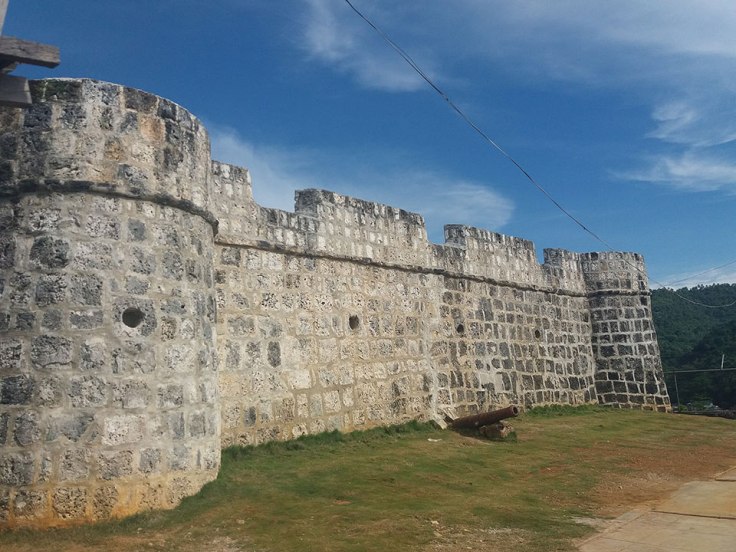
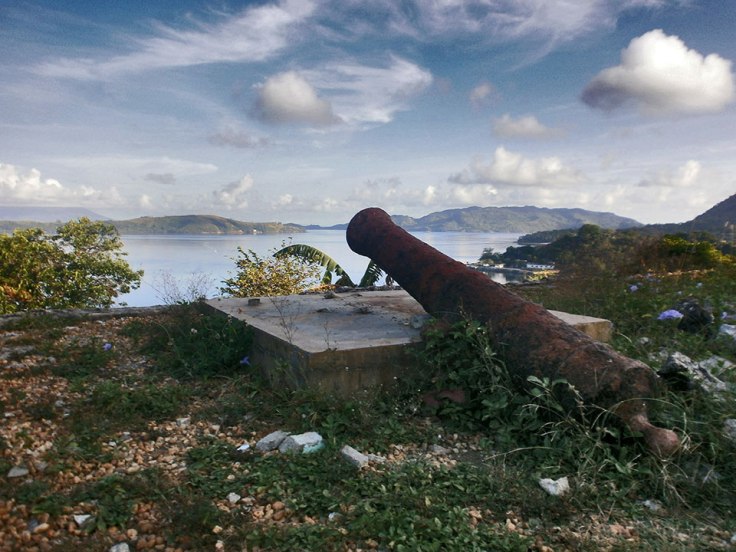
There are several other vestiges of Spanish colonial rule that have been well-preserved in Romblon town. Foremost is the Cathedral of St. Joseph, known more popularly as the Romblon Cathedral. First constructed in the early 17th century, the present structure was built in the first decades of the 18th century and gradually improved over time, including repairing damage caused by typhoons, a common occurrence in these parts. A bastion called Fort Santiago was built behind this church at the same time as Ft. San Andres. Today, however, little remains of this fort. Both Ft. San Andres and Ft. Santiago are labeled the Twin Forts of Romblon and were declared as National Cultural Treasures by the National Museum of the Philippines.
The Cathedral of St. Joseph was one the 26 colonial churches declared as National Cultural Treasures in 2001. Unfortunately, in May of last year, the convent and parish office – which were also part of the cathedral’s National Treasure designation – were engulfed in a fire with only the stone columns surviving.
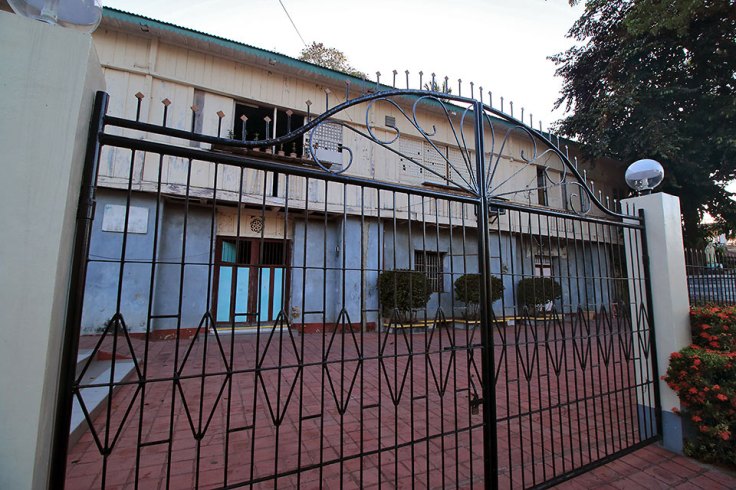
In the town center and close to the town plaza and the Romblon Cathedral are a number of old houses, a Gabaldon schoolhouse, a number of Spanish colonial-era bridges and the Traida de Aguas fountain. Many of the houses date back to the late 19th to early 20th centuries. From these structures one can see that Romblon back in the day was not your sleepy outpost in the middle of nowhere but rather an organized, thriving colonial community despite its remote location from the center of power in Intramuros, Manila.
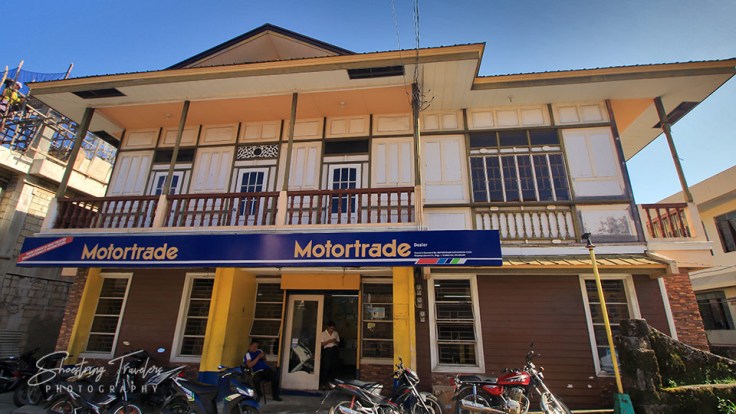
For us, the most interesting structure in town is the Traida de Aguas fountain built in 1864 and declared as a National Cultural Treasure. Traida de Aguas is Spanish for water supply and the fountain appears to be a marker celebrating the establishment of a water supply system in Romblon during the governorship of Don Eduardo Asuero y Soto who was Romblon’s governor from 1863 – 1866.
Another notable structure in town is the old house of Don Pedro Sanz, who was probably the Spanish governor of Romblon sometime during the 19th century. Curiously, the list of Romblon’s governors does not include him but it does include the last Spanish-Filipino governor of Romblon, his son Don Francisco “Paco” Sanz y Perez (1899-1905) before the transition to American rule. While at San Fernando in Sibuyan, we happened to pass by the ruins of the Casa de Don Pedro Sanz, also known as Casa de San Fernando, another residence of Don Pedro Sanz who married a Visayan woman. Don Pedro’s remains are said to be at the cemetery in San Fernando town.
Developments
When we first visited Romblon 7 years ago the town was a laidback municipality, seemingly just waking up after a long slumber as visitors like us started arriving that year in more noticeable numbers. Fast forward to 2024 and how things have changed significantly. The port terminal has been improved a great deal and there are a lot more business establishments in town. There are also more tourist accommodations, cafes, and restaurants although our favorite resto – as in 2017 – remains to be JD & G Italian Foods & Real Italian Pizza that serves authentic Italian cuisine (certified as authentic by our chef-trained nephew during our latest visit).
Despite these changes, some things have remained unaltered including the old structures above and what made Romblon famous in the first place, namely marble. The marble shops in town are still there and despite the reduced demand for this versatile rock, the people of Romblon continue to mine it. And despite the developments, Romblon has managed to maintain its rustic charm while continuing to offer easy access to gorgeous natural destinations.
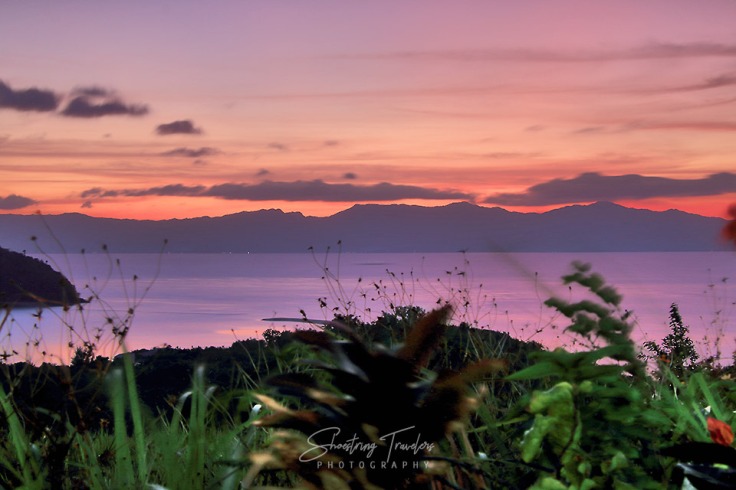
This is probably the reason why there are a good number of retirees from other countries who have settled in Romblon. Many of them have Filipina wives and we got to meet one of them – Jean Nelyn who with her husband owns the Sunbird Ridge Coffee Shop. Jean is an avid bird photographer and her home and coffee shop has been a magnet for Romblon’s magnificent birds, particularly colorful sunbirds. Their coffee shop sits on a hill just above Tiamban Beach, offering magnificent views of the Romblon Pass and nearby islands, especially during the sunset hour.
Getting There
Romblon Island is not an easy destination to get to primarily because it does not have an airport. The nearest airport is at Alcantara in nearby Tablas Island. You can get a flight to Alcantara, then catch a ride to San Agustin town. At the San Agustin port you can then catch a ferry to Romblon town in Romblon Island (although you might also want to tour Tablas on the way, a much larger island with its own set of stunning destinations). What makes these ferry transfers sometimes problematic is that they are not always available everyday and the schedules may change – something that cost us a day during our recent trip from Sibuyan Island to Romblon town.
To minimize this series of transfers, you may want to take an overnight ferry from Batangas City that goes straight to Romblon port (although this will of course take longer than the route through the airport at Tablas). Even from Metro Manila, the drive to the port at Batangas City is not too long as one can drive or ride through the South Luzon Expressway and STAR (Southern Tagalog Arterial Road) tollway all the way to Batangas City and port. For the moment, the only ferry that goes straight to Romblon, Romblon from Batangas City is Starlite Ferries. Other ferries – 2Go and Montenegro Shipping Lines – will take you to Odiongan port in Tablas. You will then need to go on an overland trip to San Agustin port to get a ferry to Romblon port. Despite the complexities in traveling to Romblon it is a destination, in our opinion, more than worth the hassle.
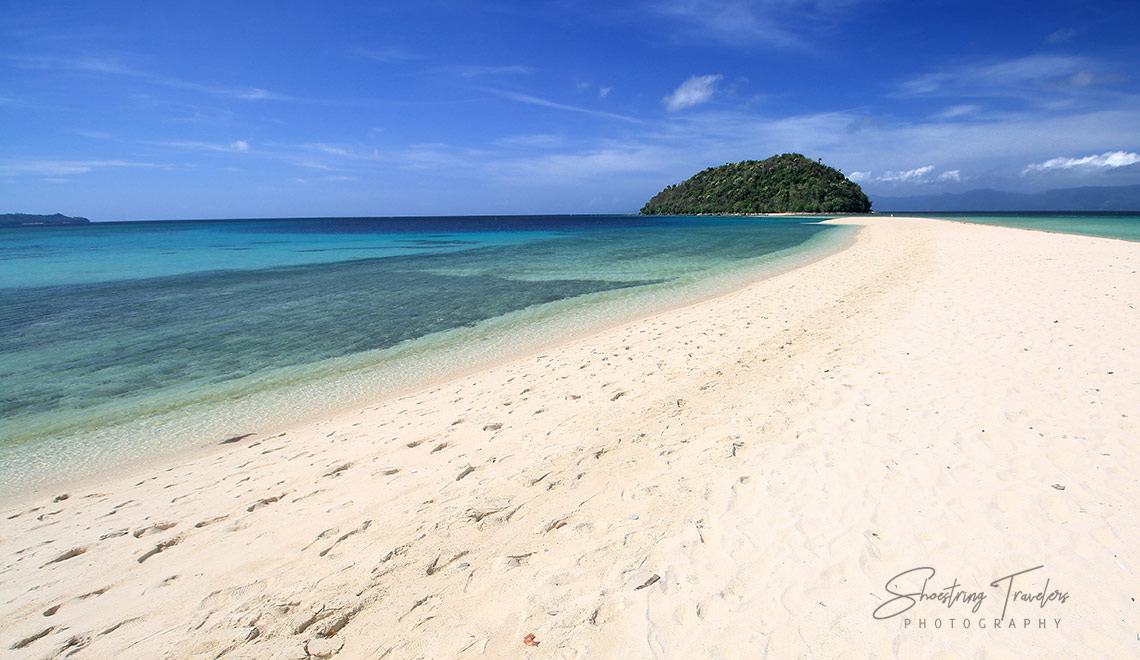
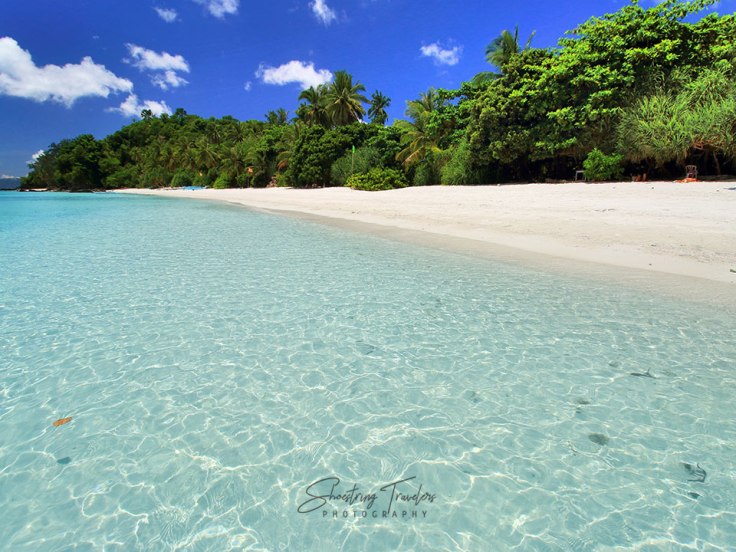
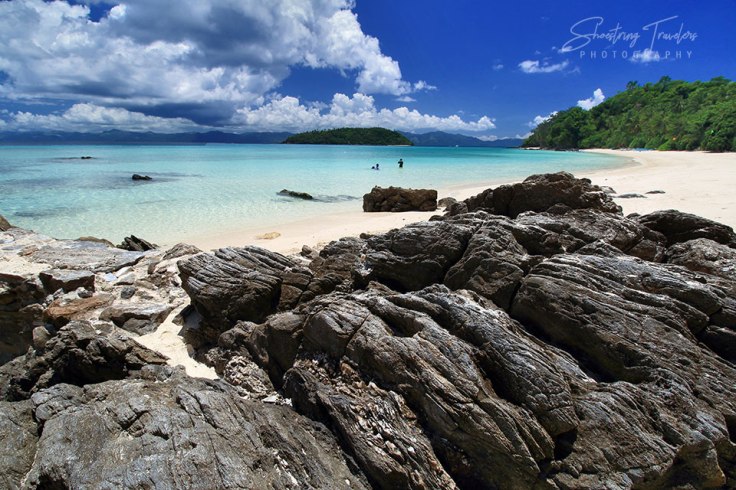
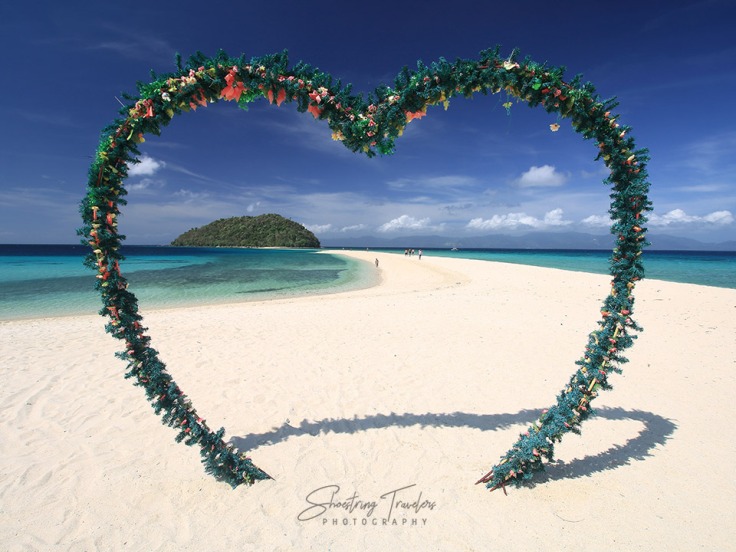
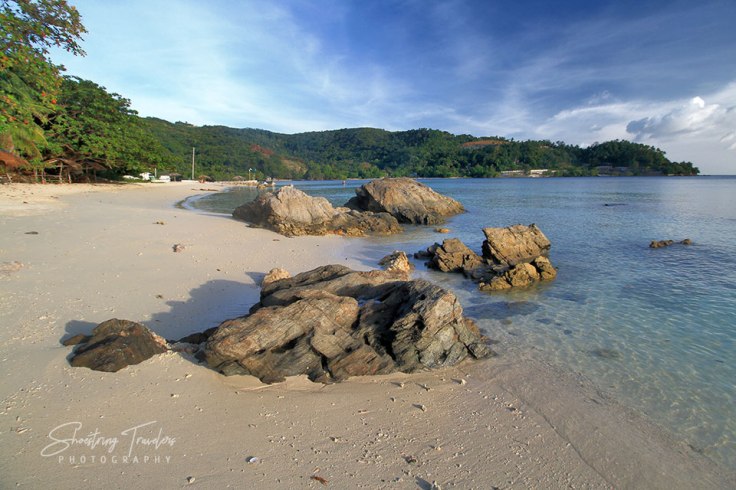
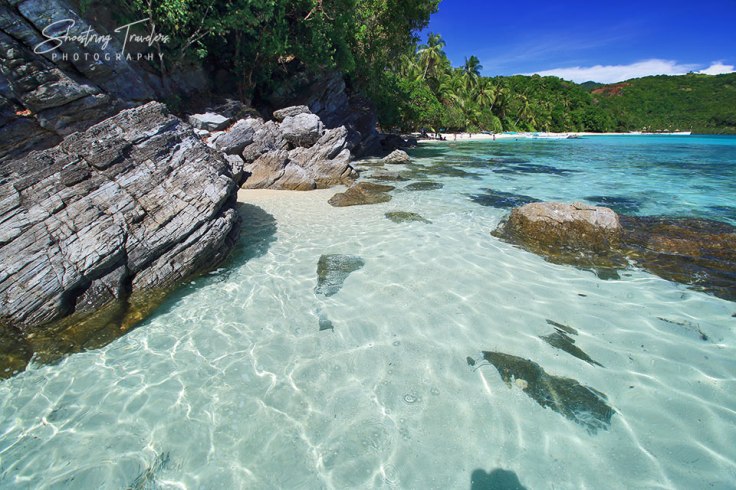

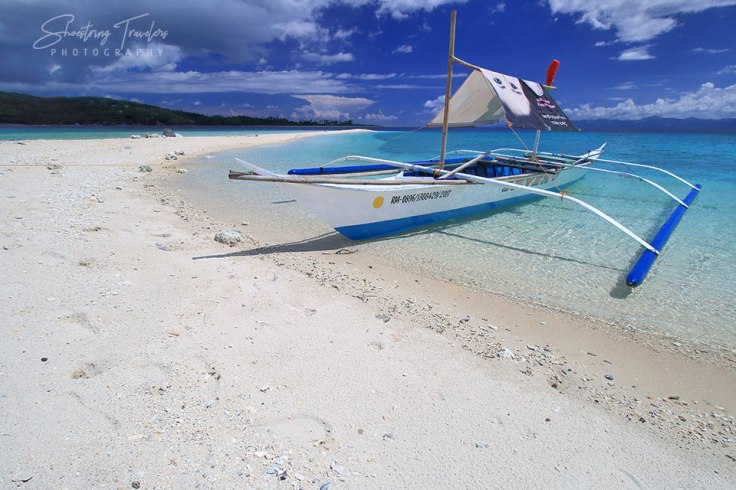
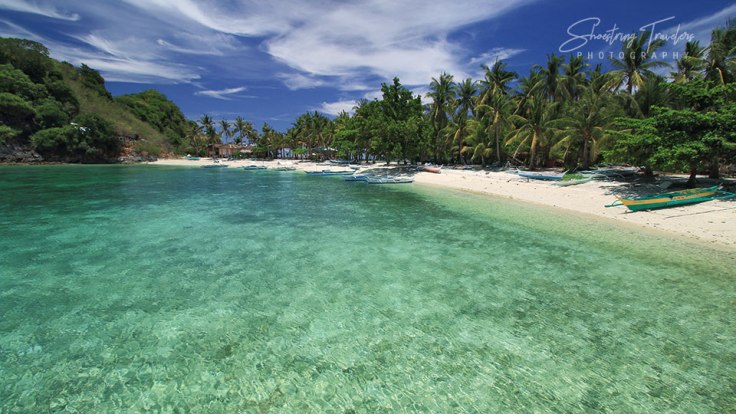
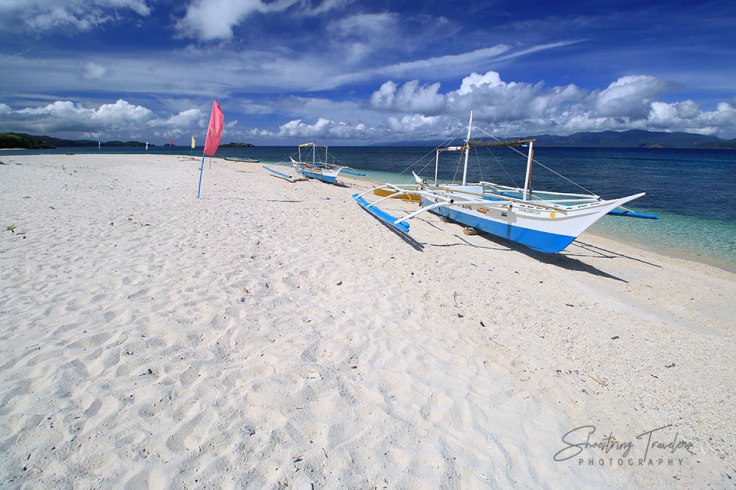
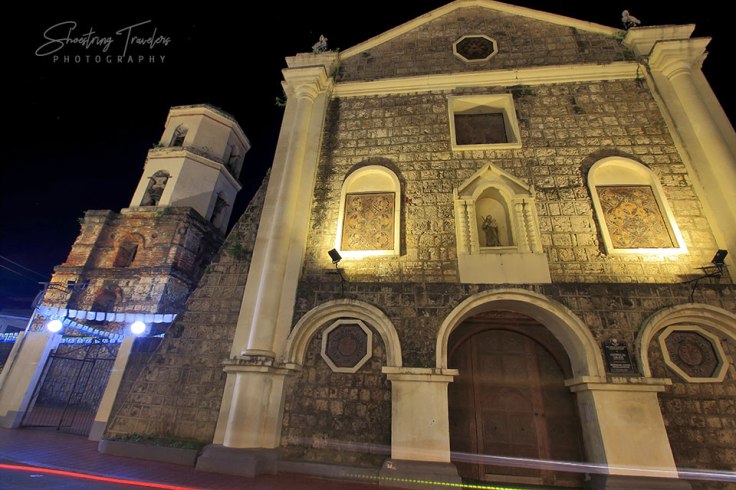
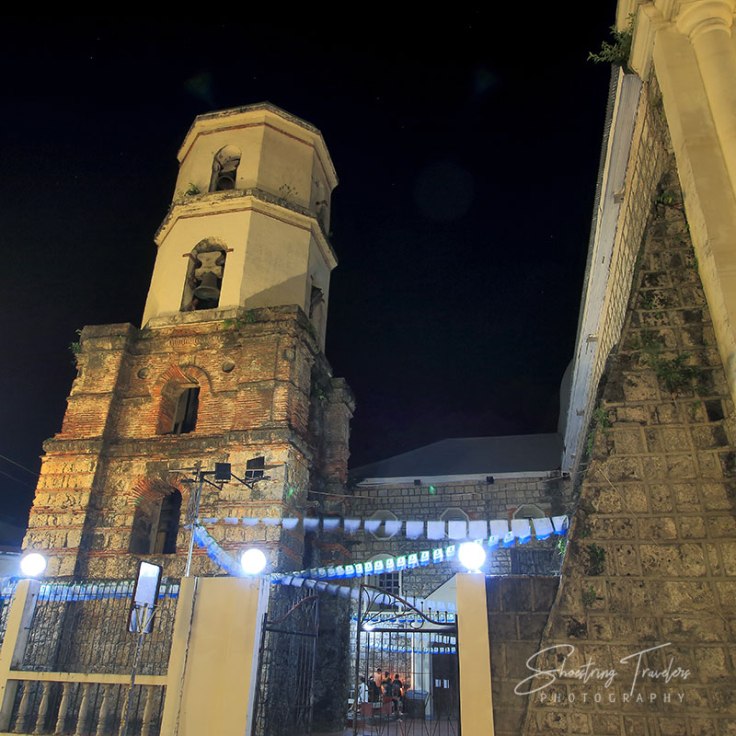
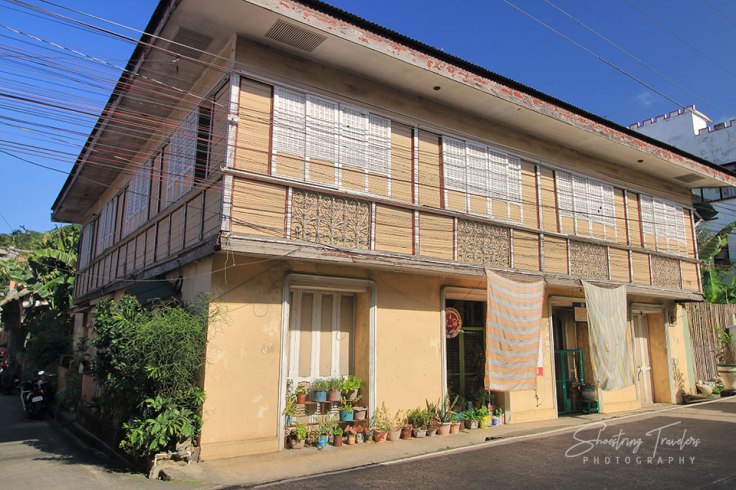
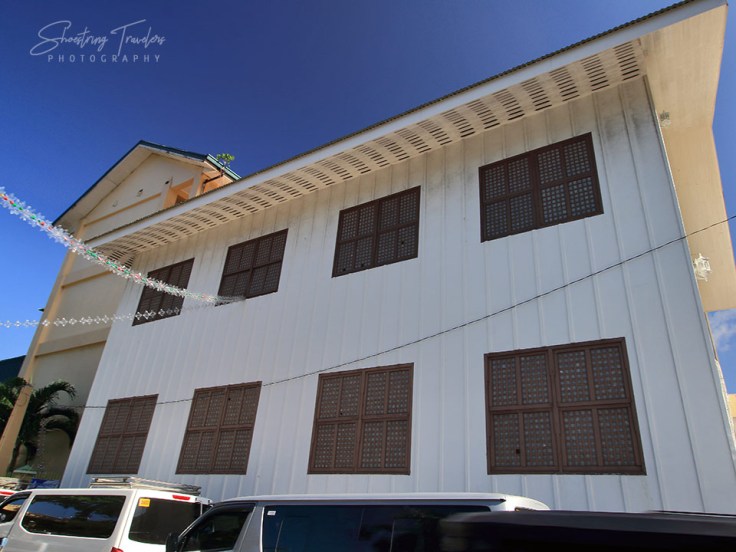
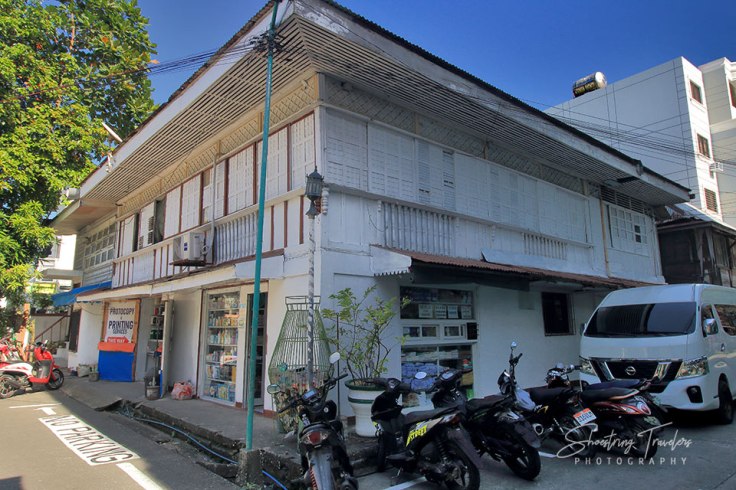
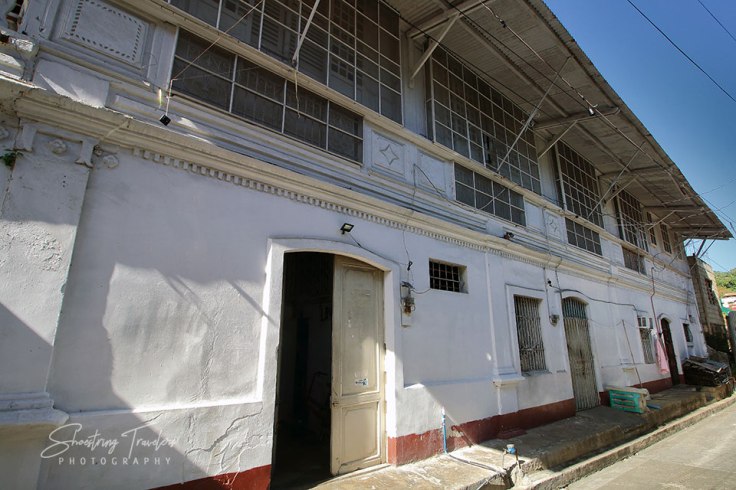
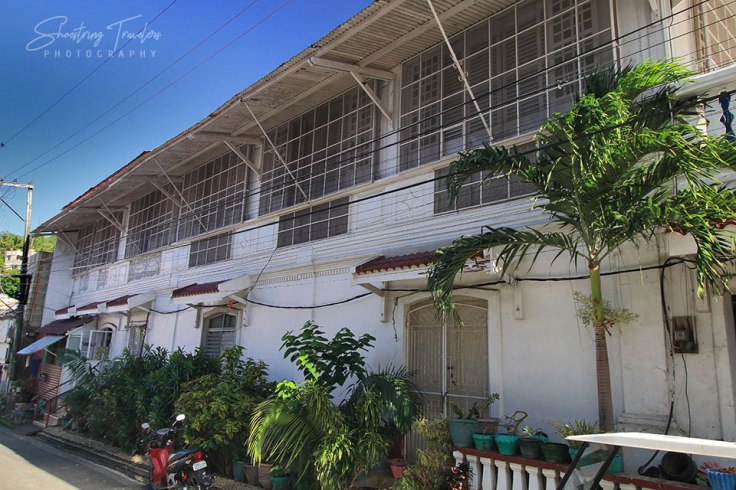
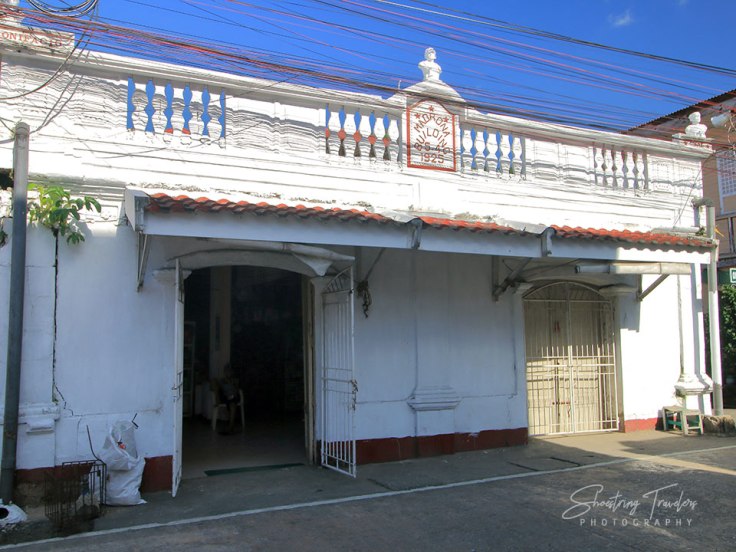
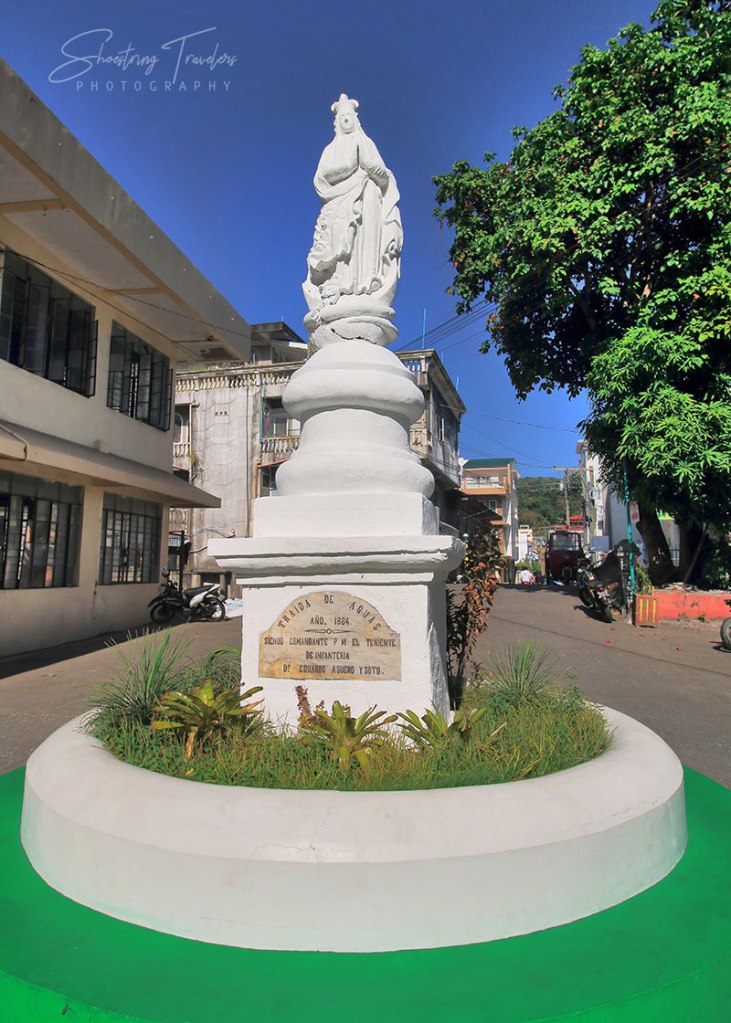
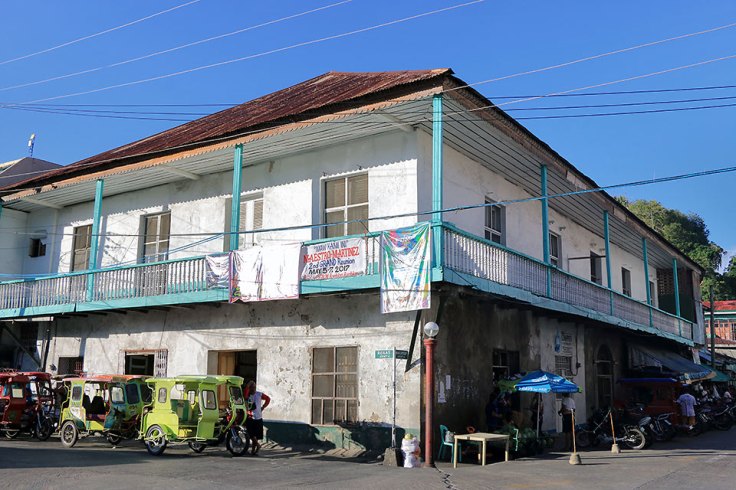

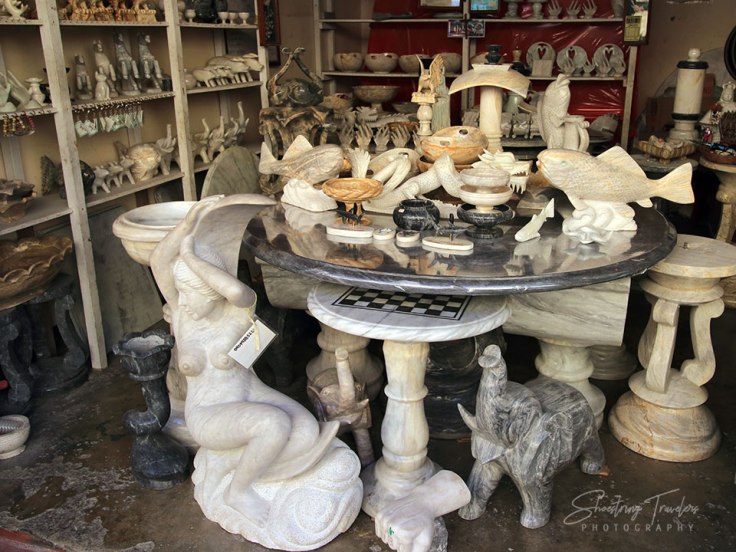
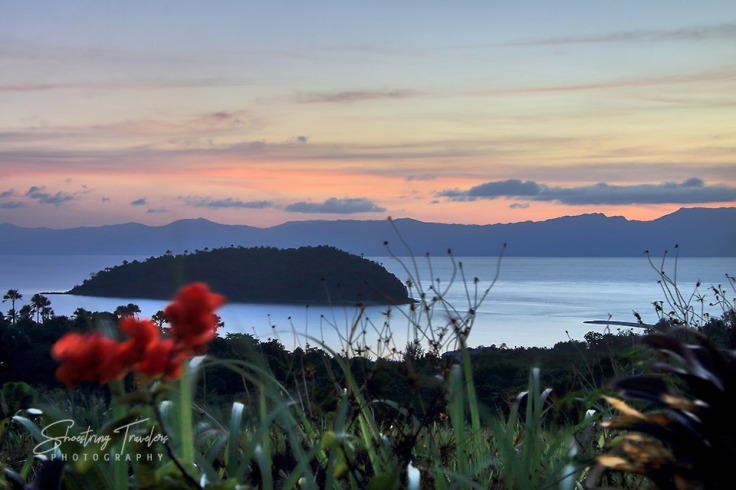











Amazing…
Thanks! One of our fave destinations here in the Philippines.
I’ve never been! Saying that, I’ve never been to a lot of places over there.